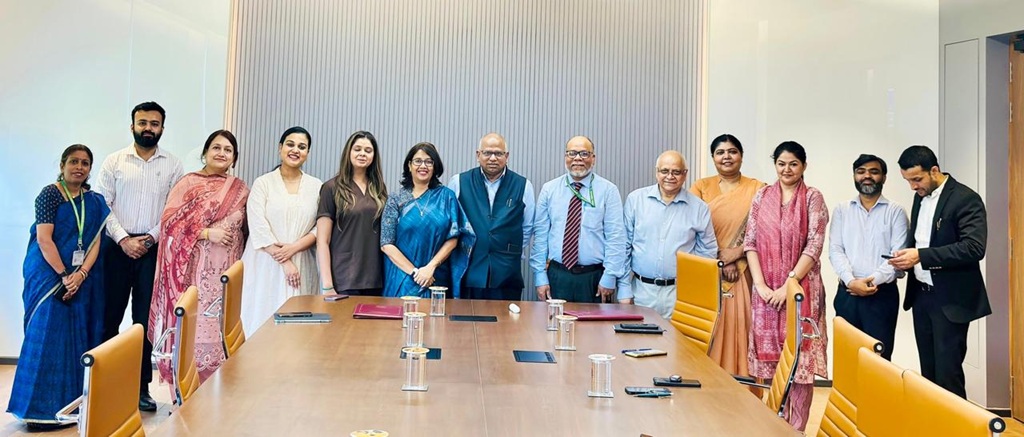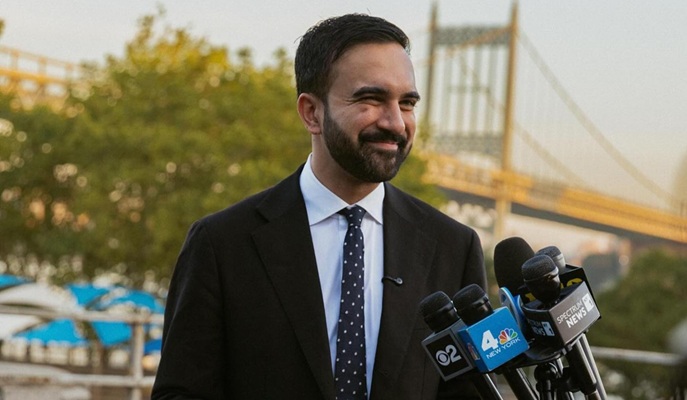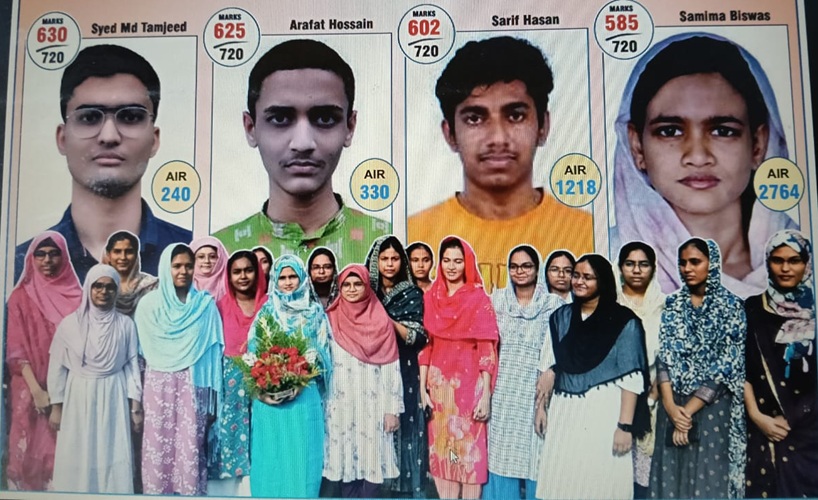The CBSE results are out and students would be enrolling in droves for university education. While children find it exciting to embark on the next chapter of their life-journey, it is also a worrying and stressful exercise because of the significant demand-supply mismatch and, further, that none of India’s higher educational institutions feature in the top 100 QS rankings. For students with exceptional aptitude, this can be a major disappointment. For a country of India’s size and aspiration, this is a major failure.
The reasons behind India’s education crisis lie in the seven-decade approach towards the sector. Research was never embedded in our culture and education was essentially equated with teaching. Consequently, our approach tended to be static and bookish and focused only on how many went to school.
At the national level, this is not a bad thing. We would otherwise deny children the right to education and many would be forced to become child labourers. With the enactment of the RTE legislation in 2009, around 260 million children attend school in India today, making it the world’s largest school system. There are around 1.5 million schools with over one million run by the government. The education market is currently valued at $100 billion and is set to double by 2020. This is impressive.
But what India needs is not just the right to education but the right to quality education. According to a disturbing report carried a couple of years ago in a prestigious Indian magazine, only seven per cent of our engineering graduates are employable.
Unless the education system is substantially rewired and is, in fact, overhauled, we would damage the future prospects of our young population and thereby lose our demographic dividend. This requires changing the very DNA of our education system from inside out. The government recognizes this and over the past several months, a series of initiatives have been under discussion, including the contours of a New Education Policy.
There is credible skepticism, unfortunately, as to how India would achieve what surely must be an ambitious agenda without consistent budgetary allocations and a clear understanding of what ails the system.
To be fair, the sheer magnitude of the problem is intimidating. Over past decades, we have drifted along with ostrich-like self-delusion. We have been risk-averse and blind to the changing educational needs of a knowledge economy. The majority of our schools lack not only basic amenities but also teachers. Where teachers are available, the majority are over-stretched and under-qualified. It is no wonder then that our graduates are not employable.
A nation’s future is forged by its education system. A defunct system will usher in a dismal future. In 2006, US Education Secretary Margaret Spellings had criticized American universities and colleges by reminding them that without serious self-examination and reform, they risk seeing their market share substantially reduced and their services increasingly characterized by obsolescence.
We face a similar danger, though to a significantly lesser extent with regard to market share because the bulk of our educational institutions are government-owned and operated. But obsolescence is a genuine and credible threat.
The question we need to ask is what is the purpose of education? In other words, what do we hope to achieve from education. This really means one of two things: either the student or the teacher is central to the education system.
From ancient times, our approach to shiksha, or education, has been the relationship between the teacher, or guru, and the shishya, or disciple. Shiksha was not the imparting of information but of deep knowledge that comes from years of study and experience.
Unfortunately, we appear to believe that this is precisely what our education system imparts! Consequently, most teachers don the mantle of the guru. They are, in fact, disciplinarians, who run classrooms like policemen.
Across the globe, technology has replaced the teacher of yesterday. We can no longer provide modern day education using the earlier century’s methodology. The embrace of technology and the disruptive shift in thinking is critical to revamping our education policy.
Put simply, the teacher only sharpens the pencil and allows for the inherent talent in each student to be revealed. It’s not that teachers don’t know how to teach. Rather they don’t really know why they teach. Teachers need to recognize that students are central to the system and they, as teachers, are only facilitators and nothing more.
This requires a fundamental attitudinal shift that is critical to rewiring our education system. It can happen only if we embrace autonomy of thinking. When we do that, we would foster curiosity and thus, creativity. To achieve this, our teachers need to be educated.
World-class education systems do not have an ideological focus but are entirely market driven. Like the market, they anticipate the future and ascertain how best it needs to be navigated. If India’s future is to be determined by the quality of education that it offers, mindsets have to dramatically change. As H.G. Wells reminded us: “Civilisation is a race between education and catastrophe.” Our choice would determine where we are headed. The problem is we are running out of time.
(Amit Dasgupta is a former Indian diplomat who now works in higher education. The views expressed are personal. He can be reached at amit.dasgupta2013@yahoo.com)
—IANS






0 Comments